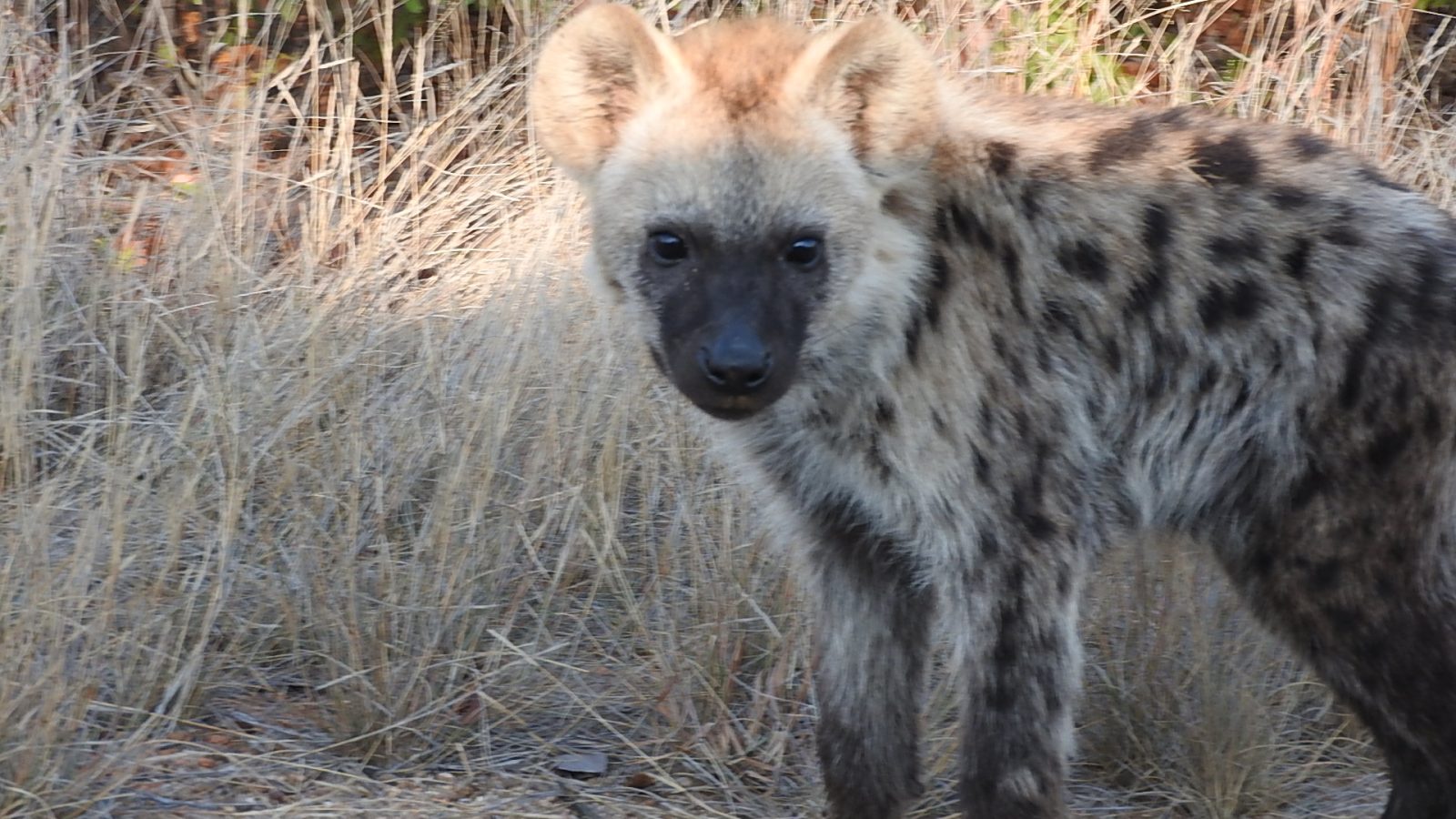The boy wandered 11 miles from his home through wilderness that surrounds the national park. Tsavo east is an incredibly important reserve, and together with Tsavo west, together protect one...

Spotted Hyena
The spotted hyena (also known as the laughing hyena) is a predator that roams across sub-Saharan Africa. There are thought to be between 27,000 and 47,000 of these predators across the continent (figures quoted as low as 10,000 are clear underestimates, but figures of 100,000 is also likely to be clear overestimates).
Although incredibly efficient hunters in their own right, they are well known as scavengers. They are actually incredibly efficient hunters, and in places like the Ngorongoro crater, lions steal more kills from hyenas vs the other way round. One of the reasons that they are shaped well for extreme long distance running. In this sense, their hunting technique is more similar to wild dogs than to lions. They can run at 37mph (60kmph) for at least a few miles, which is usually long enough to catch their prey.
However, having a digestive system which can cope with bone and jaws that can break them up, hyenas can still get plenty of nutrients from a carcass that appears picked clean. In addition, being strong and highly capable, these jaws can be used to kill rather than to break into bones, which means that this species can both hunt effectively and and scavenge effectively.
Hyenas behave in different ways in different places. While they spend much of their time alone, hyenas are also part of a clan, and this can come together to help defend individual members and hunt large prey. Studies have shown, that in actual fact hyenas kill between 66 and 90% of the food they eat.
They are also capable of living in smaller reserves than lions, and in these places (such as Malawi’s Nyina Plateau), where there are no lions, and as a result hyenas have become a dominant predator. In places where lions or leopards do live, spotted hyenas often make calls which alert the bush to the presence of a lion or leopard kill.
They do also roam outside reserves, and appear to be able to do this more effectively than the big cats.
While clearly not currently threatened, but they are going to need care taken. Translocations of hyenas into reserves missing bigger predators are likely to be capable of trophic cascade.
Click here to view our wild places – currently the majority of these are in Africa and have hyenas. Below is a list of every article which mentions this animal, and below that are 2 of largest and best protected, but we have many more, and hope to add far more in the near future.
Spotted hyenas in the Serengeti are changing their behaviour as the rain patterns change
- Tim
- May 26, 2022
Spotted hyena mothers are finding that they have to travel further to find food. The hyenas are having to travel long distances, more and more regularly as the rain changes...
Brown Hyena hunting Aardvark in the Kruger
- Tim
- November 3, 2020
The Kruger national park is one of the best places to watch wild animals. Indeed on this site I have around 10 destinations spread throughout the Kruger and greater Limpopo...
Namibian cheetah on the way to India for reintroduction!
- Tim
- September 18, 2022
Argued back and forth for decades (since their local extinction in 1952), the idea of reintroducing cheetah has never gone away for India. For the government, it is clearly at...
In Africa the big 5 is famous, what is the UK’s equivalent
- Tim
- August 31, 2020
Apart from b the big 5 and ecotourism big 7 there are a whole host of 5s that have been invented-some are relatively easy, others almost impossible
Big 5: lion...

